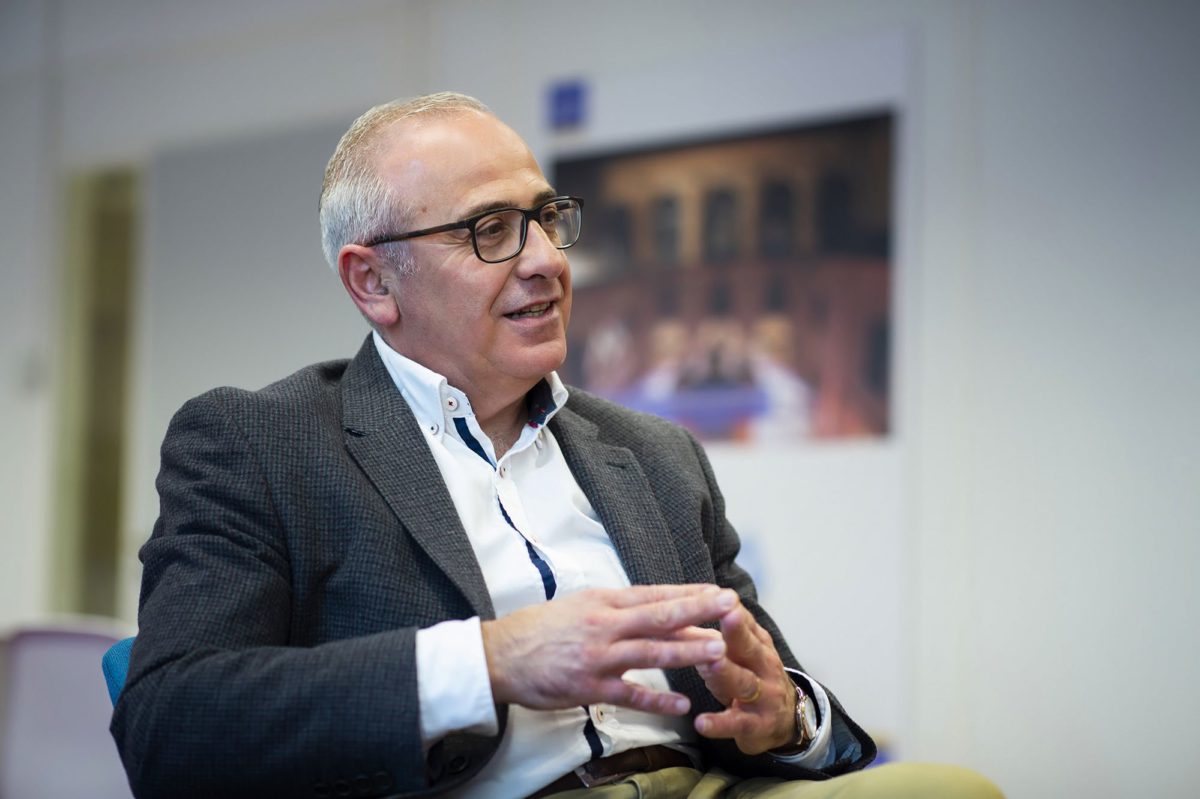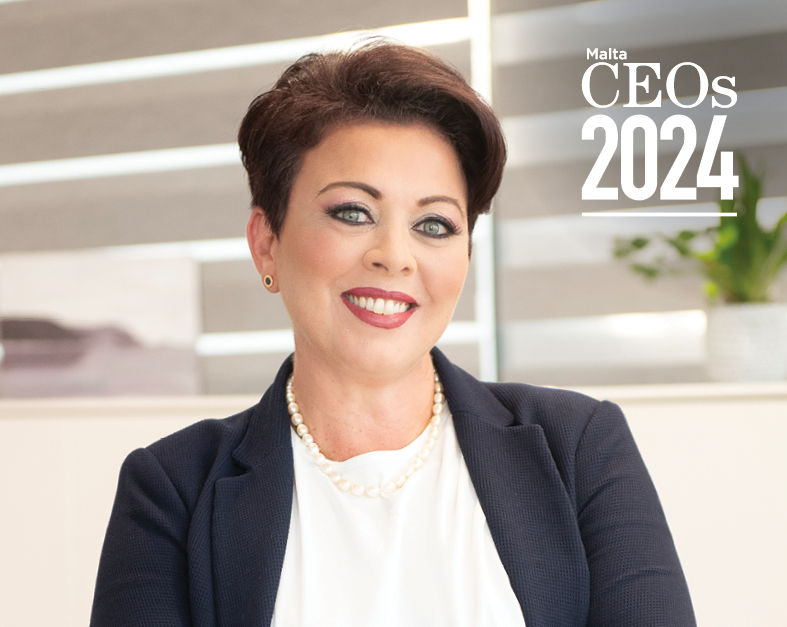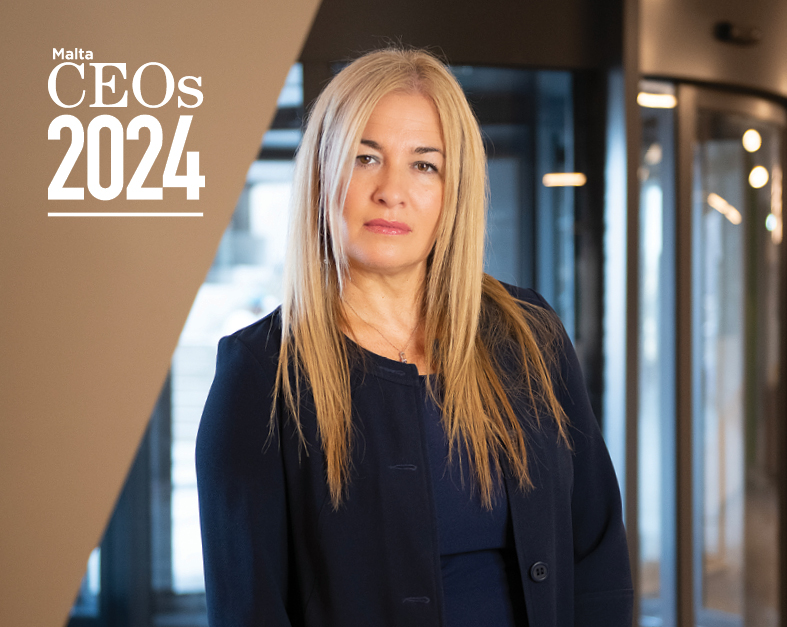If you ask 20 managers what quality means, you will likely get 20 different answers. These responses will invariably include informal descriptions, such as ‘how good or bad something is’ or ‘meeting or exceeding customer expectations’ to more formal interpretations such as ‘compliance to best practice standards, processes and specifications’. None of these answers are wrong, but they do not capture the true essence of quality.
Over many years as a quality mentor and assessor, I have seen how this lack of quality literacy has caused managers to focus on the wrong things, and in some cases, to lose faith in the transformative potential of quality.
Quality management is an exciting and uplifting concept, full of endless possibilities which, if applied correctly, can capture the imagination of employees and inspire them to excel. When well-managed, quality can transform individuals, enterprises, and even national economies through the aggregated impact of collective best efforts.
Sadly, the real-world experience of many when it comes to quality is far from enriching or empowering. It can instead be better described as a soul-destroying process that seeks to standardise and record everything to the point where quality feels more akin to a straitjacket.
In this article, based on my extensive practical experience in quality management, I would like to provide Malta’s CEOs with some food for thought about quality. Whether your organisation has embarked upon a formal quality journey, has yet to begin one, or has stumbled along the way, the points raised here will be of relevance.
A logical place to start is to agree on a shared definition of quality management for the purpose of this article. If you search online, you will see that this is often where the trouble starts, as there are endless definitions, such as…
Quality is:
- “The standard of something as measured against other things of a similar kind; the degree of excellence of something.”
- “The totality of features and characteristics of a product or service that bear on its ability to satisfy given needs.”
- “Fitness for purpose and use.”

All these explanations make sense, but none stirs any passion for quality. In fact, they have the opposite effect. I am with Einstein when he said, “everything should be made as simple as possible, but no simpler,” so my definition of quality is very straightforward (in theory at least): “Quality is about being better at everything you do today than you were yesterday.” We will return to what exactly I mean by ‘everything’ later in the article.
Common quality hurdles
Before exploring practical considerations when striving for quality, I have encountered common hurdles over the years that are worth pinpointing. These include:
Mindsets, then models
At its heart, quality is a mindset. Yes, models and frameworks are important, but without the right mindset, they become irrelevant. The quality mindset is one with a laser-like focus on continuous improvement and being able to measurably demonstrate that progress.
Model muddle
There are many recognised quality models from the EFQM, ISO, Malcolm Baldrige Award, Six Sigma and so on, and each has merit. But when you unravel any quality or excellence model, they are all centred upon managing certain inputs to deliver desired outputs. Therefore, the primary concern should not be about which model to choose, but rather on its application; it must be implemented in a people-friendly and liberating way, not one that screams standardisation. Particularly in organisations employing millennials, if the quality journey smacks of conformity, it will be dead in the water from Day one.
Change everything, but me
It amazes me just how many organisations set out on business transformation programs that do not, in parallel, emphasise individual transformation. You simply cannot evolve an organisation whilst everyone within it stands still. Quality is concerned with improving both individual AND organisational performance.
Journey, not destination
This the greatest quality cliché of them all. Again, the principle is sound, but in practice, for many organisations, the journey does have a destination; and that is usually the achievement of an award or accreditation. I have seen enterprises successfully harness the energy of their people to attain award recognition and achieve great things in the process. But once the first award is received, that level of engagement slowly dwindles until eventually, the quality journey becomes a box to be ticked annually rather than something with longer-term transformative impact. And even when companies retain quality awards, as an assessor I have noticed how the level of improvements seen each subsequent year are marginal when compared to how much was achieved the first time around. Awards can put a ceiling on ambition and progress.
Outputs, not inputs. Only results really matter
Of course, to deliver the desired results there must be a focus on inputs, nobody disputes that. However, continuous improvement can only be seen via the outputs and for that reason, it is the results that matter most.
Data deficits – no data, no point
Linked to the previous point, if results matter then data is required to measure those results. Without data, outputs cannot be tracked, or continuous improvement verified. This is especially true concerning non-financial data. If you watch any group of senior managers discuss financial results, they generally have a wealth of hard data available to guide decision-making. But once you shift into the non-financial realm concerning customers, people, and processes, the thinking becomes increasingly woolly; and there is a tendency to rely on gut feeling to bridge these non-financial data deficits – something that would be intolerable for financial metrics. Building quality is simply not attainable without real-time, actionable data in both financial and non-financial areas.
As CEO, you have the pivotal role in mitigating these problems by setting the right tone for your organisation’s quality journey and then leading from the front. Key considerations here include:
- Will the focus be on ‘doing things right’ or ‘doing the right things’? A narrowly focused quality journey will help enterprises to do things more efficiently – and there is value in that – but a truly transformative quality initiative will help managers realise that even though they do certain things well, they are not the right things in terms of value added.
- Will quality management be sold as something to be done, or a forever activity that can truly release the talent within the organisation to achieve amazing things?
- How will you as a CEO personally change as your individual contribution to the quality effort and to model the improvement behaviour you expect to see in others?
- Will it be a top-down process or a truly collaborative effort? Any quality journey requires a breadth of skillsets: visionaries, implementers, controllers. The chosen few cannot fulfil all these roles. Everyone must play a part.
If the senior team show a genuine passion for quality, and a true understanding of it, then the journey stands a greater chance of success. In addition, with the right mindsets and strong leadership, the quality model chosen becomes less important, although factors such as your industry may influence the most prevalent model.
Back to the ‘everything’ bit
In terms of building quality within your business, what does ‘being better at everything’ entail? This is where recognised quality models and frameworks do help as they define it. But what if an organisation does not want to adopt a formal model, or is not ready to do so? Does that mean the quality journey must be postponed? No, far from it. I have worked with many organisations, of all sizes, that were eager to embark on a quality journey but did not wish to follow one of the recognised models, so I can share some experiences here.
Any organisation succeeds because it welds together many interlinked strategic and operational activities. These elements include having a clear vision for the business and associated governance framework, planning and control, leadership, and culture, focusing on people and customers, the key processes to make, sell and deliver the offering, and the results needed to assess performance. When mentoring senior teams on defining their ‘everything’, they can quickly build an outline quality framework which usually has some or all of the components below:

If you do not wish to align to a formal quality model, you could build a similar framework for your organisation. As you do, some considerations include:
Purpose – defining your ‘why’ as a business and identifying the core values that really matter to you as individuals, teams, and the organisation. It includes devising an effective leadership and governance framework to keep you on track.
Direction – includes creating a clear vision to guide you, with measurable goals, a viable strategy and annual plan.
Culture – capturing the essence of what it means to work in your organisation as opposed to elsewhere, and what is appropriate in terms of leadership styles, diversity, individual and collective behaviours.
People – means defining what steps you are prepared to take to build and sustain an employee value proposition that truly engages your people.
Customers – involves knowing who your current/potential customers are and then designing and delivering products/services that exceed their expectations.
Processes – mapping out every key process in your business and innovating to constantly improve their effectiveness. These processes will include those directly related to producing, marketing, and delivering your product or service, but also those that underpin these core activities such as sustainability, environmental management, CSR, health and safety, etc.
Results – as mentioned, to guide your journey you need to define the financial and non-financial metrics required to assess progress and then put the necessary data collection systems in place to give you the data you need when you need it.
Once a broad quality framework is defined, staying with our simple but not simplistic philosophy, four age-old questions can then guide the journey:
- Where do we want to be?
- Where are we now?
- How will we get there?
- How will we know we are getting there?
As a practical example of how I help companies to build out their ‘everything’ using these four questions, let us take the people dimension as a quick guide. Here are five sample analysis questions that could be used to help expand this part of the framework:
| Question to consider | Where are we now? | Where do we want to be? |
| 1. Why should anyone work for us? | – Why do people currently choose us as an employer? – Do we deliver on that? | – What must we do to become the employer of choice in our sector? |
| 2. What is our current Employee Value Proposition (EVP)? | – Does our current EVP provide people with a compelling reason to come work for us? – What are its pros and cons? – When people leave us, why are they leaving? | – Which organisations have the most compelling EVPs? What could we learn from them? – If we had the best EVP in our industry, what would it look like? |
| 3. How do we attract and recruit the best talent to our organisation? | – How effective are our current recruitment processes? Who is involved in it and have they had the required training? – What tools are we using to support recruitment? | – How are world class organisations managing recruitment? – What is deemed innovative in this area? What could we learn from these ideas? – In the perfect world, what would our recruitment process look like? |
| 4. How engaged are our employees at present? | – Are we measuring employee engagement levels at present? What is that data telling us? – What are we doing to engage employees? Is it working? – What are our current levels of employee turnover and how does that compare to our peer set and industry norms? | – What really matters to our employees, do we know? – What are some of the global best practices in employee engagement right now? – If we could redesign our employee engagement approach, what would we add/remove? What is our target here? How will we measure success? |
| 5. How are your people trained and developed to be the best they can be? | – What training and development do we offer? – Is it generic or individually tailored? | – What do the best companies spend on training? Where do we sit against that? – How might we better link our training and development to our business goals? – Which companies should we benchmark our training and development approach against? |
Obviously, there are many more questions to be covered here, and then across the other dimensions of the framework too, but you get the idea. Quality is about constantly questioning everything you do with a view to making it better. It involves learning about best practices, then adapting not adopting, or preferably setting out to lead in an area, not follow. And a major advantage of building your own quality framework rather than simply applying an off-the-shelf model is that this reflection phase helps the senior team to better understand every aspect of their organisation.
With a quality framework and desired outcomes defined, it is then a matter of managing the journey over the long term by developing plans (how will we get there?), measuring progress (how will we know we are getting there?) and making improvement, or correcting course as necessary. The journey should never end.
To close, here are some quick takeaways:
Takeaway #1 – Win hearts and minds first
Make this a journey sustained by passion, not process.
Takeaway #2 – Outcomes, not awards
Choose your preferred quality model to deliver real transformation, not just an award.
Takeaway #3 – Carry no passengers
Make it easy for people to contribute, but make it compulsory too.
Takeaway #4 – Be ambitious and realistic
Show steady achievements rather than try too many things and fail.
Takeaway #5 – Momentum means everything
Set milestones, make sure they are delivered. No excuses.
Takeaway #6 – Let results do the talking
Be driven by a quality dashboard, with both financial and non-financial metrics.
I will end with a quick story that, for me, demonstrates the transformative potential of quality.
I once arrived at a hotel shortly after midnight following a nightmarish journey. Whilst checking in, I handed over my passport to the receptionist. As she later returned it to me, she said, ‘may I be the first to wish you a happy birthday, Mr Larkin’. It was indeed my birthday; she had noticed the date. And during my week-long stay I learned this incident was no outlier.
Upon speaking with the General Manager before departure, he explained how they had invested heavily in their quality journey over many years, to the point where they had minutely analysed and then enhanced every aspect of the customer journey from guest arrival to check-out. As part of that analysis, an employee had identified that the passport handover was previously treated solely as a compliance task, whereas occasionally it represented an opportunity to wow a guest. And the hotel had added many minor tweaks like this so the cumulative impact on the customer experience was transformative.
Be better at everything you do today than you were yesterday.
I would love to hear your thoughts on this article and to continue the conversation, so please feel free to contact me directly at [email protected]
Reflections from business leaders

With over 30 years management experience across multiple sectors, Joe is a strong believer that business is all about people. He takes great pride in helping others develop and grow. In his words – ‘When we grow others, we grow ourselves!’
“If we are serious about improving our company’s performance, then we must start with quality. But where do we begin?
Implementing change is one of the most challenging things a business leaders can do, and the key is to take your people on the journey with you. People play an important role across all aspects of the quality management process, so we need to engage them. But we must first and foremost strive to foster a positive work environment. If our people find their work rewarding and satisfying, then they would want to be involved in business improvement.
We also need to realise that ‘what got us here, won’t get us there!’ By benchmarking our results and processes against best practice companies locally and internationally, we can improve our bottom lines!”

A passionate entrepreneur, curious scientist and creative leader as well as a proven businessman. Chris’s hallmark is the high energy and enthusiasm he brings to all his endeavours.
“Two books that have influenced my leadership mindset considerably bring on the notion of happiness when speaking about business objectives. More specifically, both customer as well as employee happiness.
The late Tony Hsieh (Delivering Happiness) and Shawn Achor (Big Potential) touch on the ME to WE to US journey… that is, the organisational transformation process that gives context to an otherwise solitary endeavour.
Each and every action and decision we take has an impact on those around us and vice versa. By deciding to steer our organisations towards positive mindsets that are focused on accountability and improvement, we do well to keep in mind that it is only our employees who will make that a reality. This, therefore, quickly becomes an exercise in improving mindsets to improve lives.
The road to success is beset with pitfalls though, and even if I have taken my company through multiple successful transformations, I still fail at times to choose the right priorities. However, I am propped up by Shawn Achor’s words: “The contents of the glass don’t matter; what’s more important is to realise there’s a pitcher of water nearby. In other words, we have the capacity to refill the glass, or to change our outlook.”
When (not if) we as leaders get it wrong, we can refill. Prioritising quality mindsets is prioritising happiness for all our stakeholders, and now there is help to guide us. For too long we have been left to our own devices, and now The Malta Chamber has set up a specific committee on this which will be launching officially soon. Stay tuned.”
Say goodbye to your 60-hour work week
7 tips to stop business leaders from overworking.
Henriette Calleja Gafà promoted to HR Director at Malta-based Game Lounge
She first joined the Malta-based iGaming affiliate marketing company as HR Assistant in 2018.
Reach new heights: 6 key strategies to accelerate business growth
Growth is an ongoing process that business leaders have to work hard towards and be patient with.
Embracing change – My journey beyond the comfort zone
The comfort of routine can dull the spark of innovation and can dampen the spirit of growth, leaving both oneself ...











